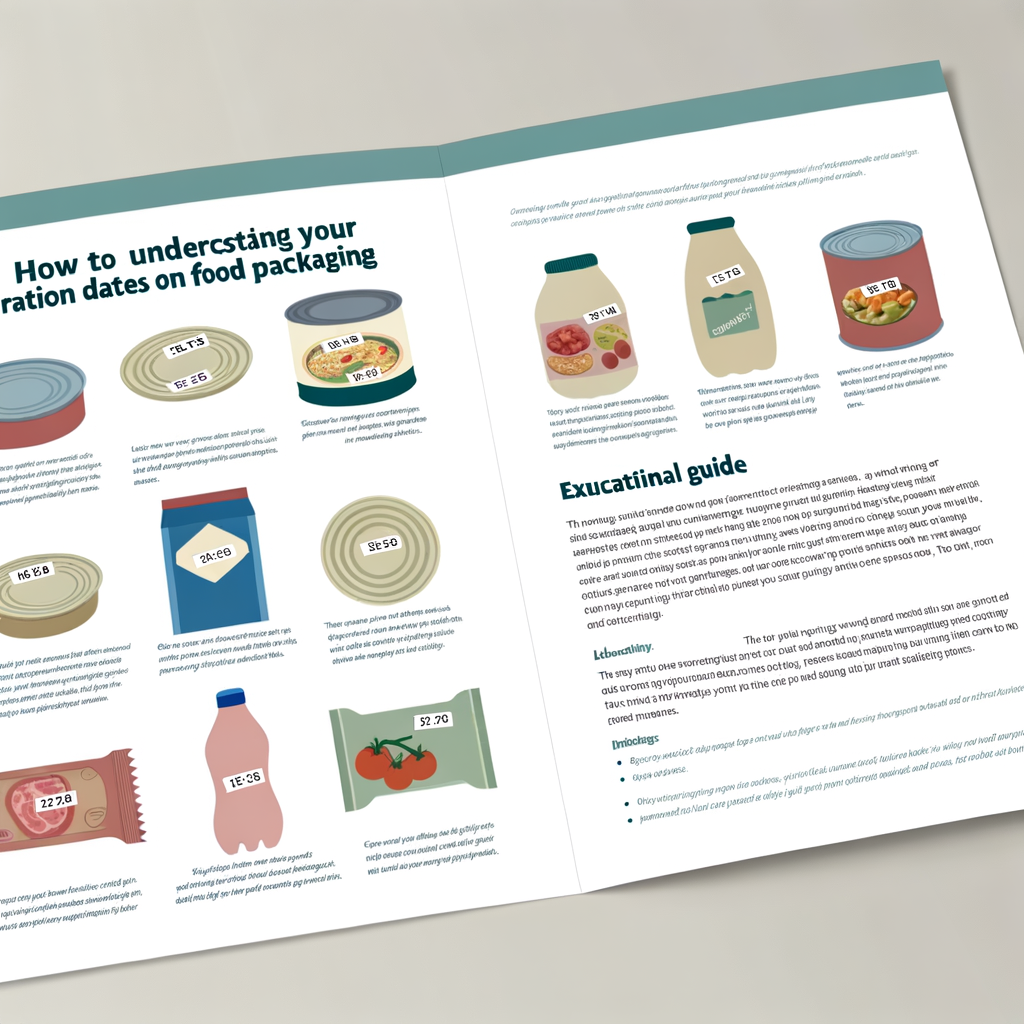Food safety is a crucial aspect of maintaining a healthy and enjoyable dining experience. As an expert chef, I have seen first-hand the consequences of not properly understanding expiration dates on food products. In this article, I will break down the different types of expiration dates and explain why they are important to pay attention to.
Firstly, there are two main types of expiration dates: “use by” and “best before”. “Use by” dates are typically found on perishable items such as meat, dairy, and eggs. These dates indicate when the product should be consumed by for optimal freshness and safety. On the other hand, “best before” dates are found on non-perishable items and indicate when the product will start to lose its quality and flavor. It is important to note that “best before” dates do not necessarily mean the product is unsafe to consume after that date.
It is crucial to pay attention to these dates and not consume products past their expiration dates. Consuming expired products can lead to food poisoning and other health risks. As an expert chef, I always make it a point to check expiration dates on all products before using them in my dishes. I also advise my fellow chefs and home cooks to do the same.
In conclusion, understanding expiration dates is essential for maintaining food safety. By paying attention to these dates and properly disposing of expired products, we can ensure a safe and enjoyable dining experience for ourselves and our guests.





